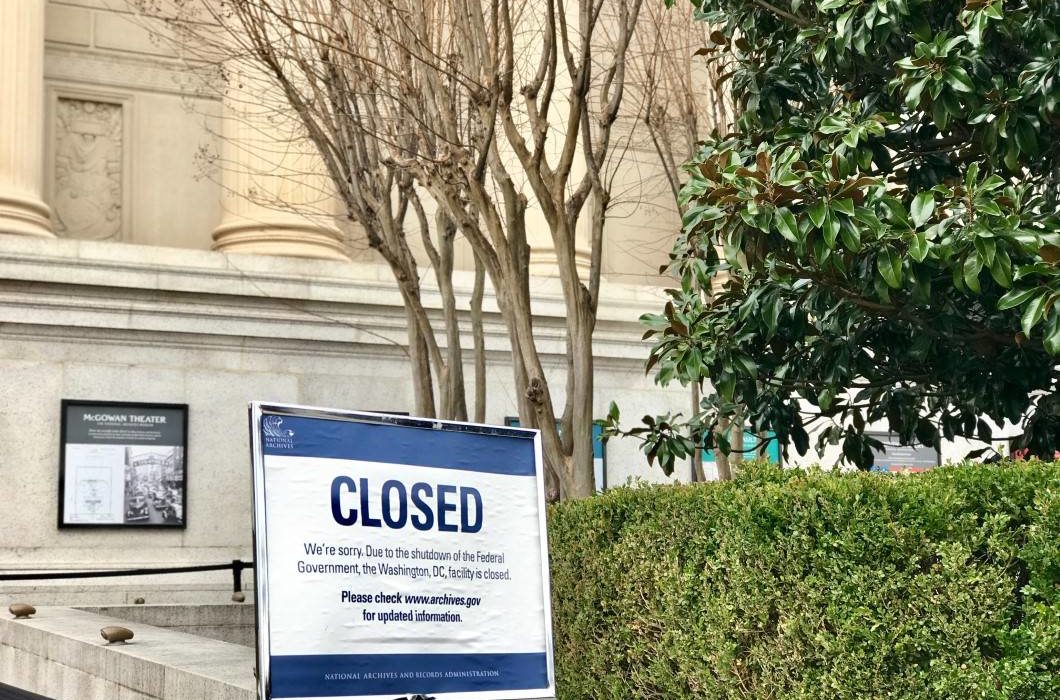
You might also like:
The partial government shutdown in the U.S. entered its 21st day Friday, which is a record as the longest lapse in federal funding. Since President Donald Trump demands money for his proposed border wall and the House of Representatives disagree, the country is left with no budget approved. As a result, the lawmakers have failed to fund about a quarter of the government.
According to estimates, if the shutdown lasts two more weeks, it will cost more than $6 billion, exceeding the $5.7 billion that Trump demanded to fund the Mexico border wall. The aim of the wall is to reduce illegal immigration.
The US president decided not to sign the budget until the wall is included and, without his approval, the wages of the government officials are stalled – currently, 800,000 federal public servants are not being paid.
According to the US Travel Association, the impact on tourism of the shutdown period may be around $100 million per day, affecting the U.S.’s travel market. When this average is applied to the shutdown, tourism may have lost already more than $1,7 billion.
According to a Skift report, this includes US$ 50 million in direct spending on domestic travel and an additional US$ 50 million tally in indirect or induced products, as a result of the forced closure of parks and the cancellation of government flights or businesses.
As for the parks, Emily Douce, director of Budget & Appropriations at the National Parks Conservation Association, declared that 400 parks are completely closed due to the shutdown. An estimate indicates that US$ 400.000 are being lost on a daily basis in entrance fees of US parks.
The closure of National Historic Sites is beginning to impact the tourism industry in upstate New York where the local businesses experience a significant downturn. For instance, in the Duchess County, the national historical sites are a key part of tourism. The town is home to the Vanderbilt Mansion, the home of Franklin Delano Roosevelt and Val-Kill, the home of Eleanor Roosevelt. In 2017, these sites brought in 600,000 visitors which accounted for 65 million dollars in revenues. Since the national historic sites are run by the government, they remain closed until the shutdown is resolved.

According to a recent GBTA study, half of the respondents indicated that they had to deal with cancellations of reservations, worries from travelers about queues at airports or delays in flights. 40% said they canceled meetings or business opportunities in the United States.
There is yet another example of how this shutdown is directly affecting tourism, which is the Transportation Security Administration, TSA. The federal agency accountable for the country’s airport security assumed that the number of employees who refused to work during the government’s partial shutdown has increased.
Employees are nonetheless expected to work unpaid during the deadlock, since the government considers their work as essential.
The TSA did not report the number of employees who have stopped working, but guaranteed that the impact is minimal up to this point. The wait times “may be affected”, but “they are still within TSA standards”, the agency declared.
Source: tourism-review.com
